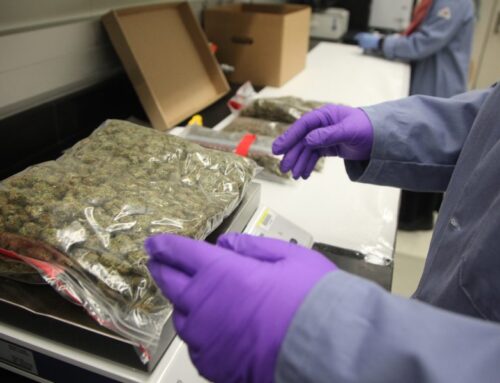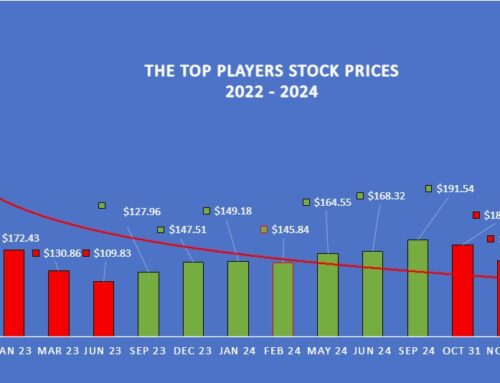Americans aren’t ‘miserable’ enough to elect Donald Trump
March 6, 2016
The impressive non-farm payrolls of 242,000 and an unemployment rate that remained at 4.9% put even more downward pressure on what’s known as the “Misery Index,” an unofficial economic measure calculated by adding the unemployment rate and inflation.
This indicator, created by economist Arthur Okin, has become a staple of election-year commentary and has an impressive record of predicting the outcome of U.S. presidential elections since the middle of the last century. The current index, at a 25-year low, suggests the Democrats will retain control of the White House this year, according to Bloomberg’s Chief U.S. Economist Carl Riccadonna.
“Historically, gains in the index as Election Day approaches have augured poorly for the incumbent party. But with the jobless rate tumbling and inflation only inching higher, the signal this year points toward a Hillary Clinton or Bernie Sanders victory,” Riccadonna said.
The latest strong jobs number, along with meager inflation–core CPI registering 2.2%–puts the effective level of the Misery Index at 7.1, which can be seen in the red line below.
Source: Deutsche Bank, Bloomberg
Bloomberg Intelligence Economics’ projections point to even more improvement in the index between now and the election and thus an even stronger signal favoring the Democratic candidate.
The Misery Index predicted the Reagan presidency
The Misery Index grew in importance as an indicator in the 1960s and 1970s, when rising inflation and elevated unemployment plagued the economy.
The gauge’s movement in the year preceding the election has predicted 11 of the last 13 presidential elections.
Riccadonna pointed out that the most notable example of the index’s influence in a presidential election came in 1980, when Ronald Reagan asked voters “Are you better off now than four years ago?” According to the Misery Index, which they were not, and Reagan ultimately defeated the incumbent, Jimmy Carter.
To be clear, the Misery Index isn’t perfect
The Misery index is an informal and unscientific measure of sentiment and the economy, and it has lots of critics.
The unemployment metric does not accurately account for important labor trends, like the decline in labor participation rate. Friday’s jobs report showed an uptick in participation rate to 62.9% from 62.7% in January, but this number still remains significantly down from a decade ago. Additionally, Friday’s strong headline employment numbers don’t factor in the decline in wages which presents an overhang for the economy. In February, average hourly earnings decreased 0.1% while the consensus expected an uptick of 0.2%.
Deutsche Bank’s Alan Ruskin pointed to other imperfections with the index: “One problem with the misery metric is lower inflation is less miserable than high inflation, but this does not account for what happens when inflation turns to deflation,” he said.
Nevertheless, it’s an intuitive measure for Americans who do have jobs and are noticing that things aren’t getting more expensive.
How Miserable are voters in 2016?
While the Misery Index stands at a low 7.1, the success of fringe candidates in the primaries–including Bernie Sanders and Donald Trump–reflects a strong level of discontent with current conditions.
“This has been an unheralded economic recovery and now expansion,” Riccadonna said. He added that while people remain concerned about stagnant wages, “the trend is their friend.”
Search
RECENT PRESS RELEASES
Related Post






